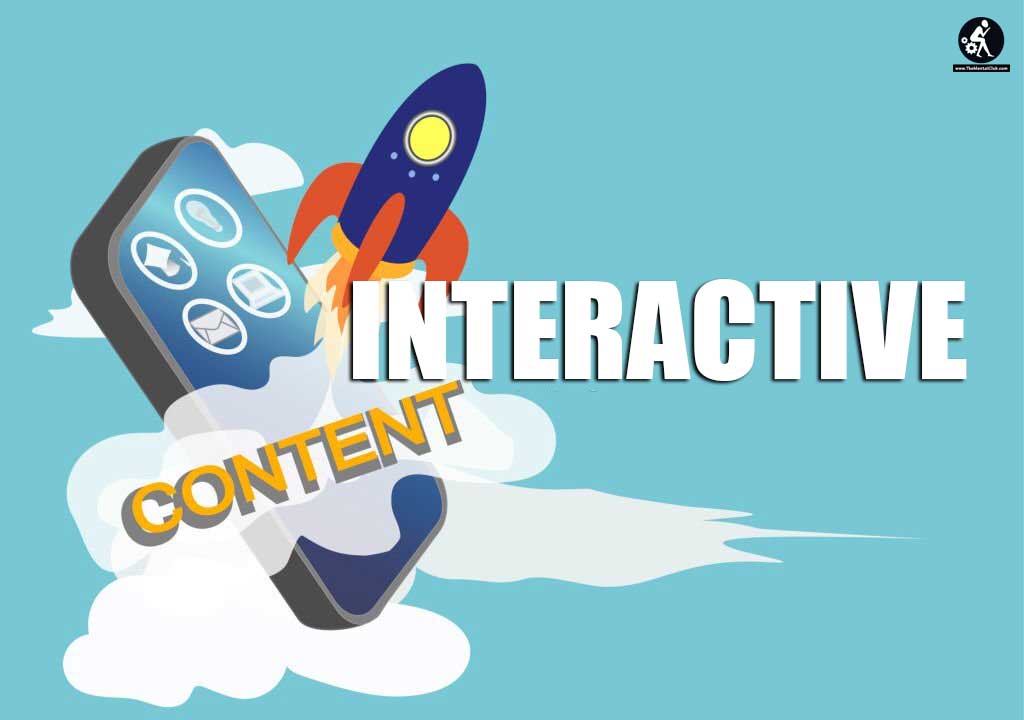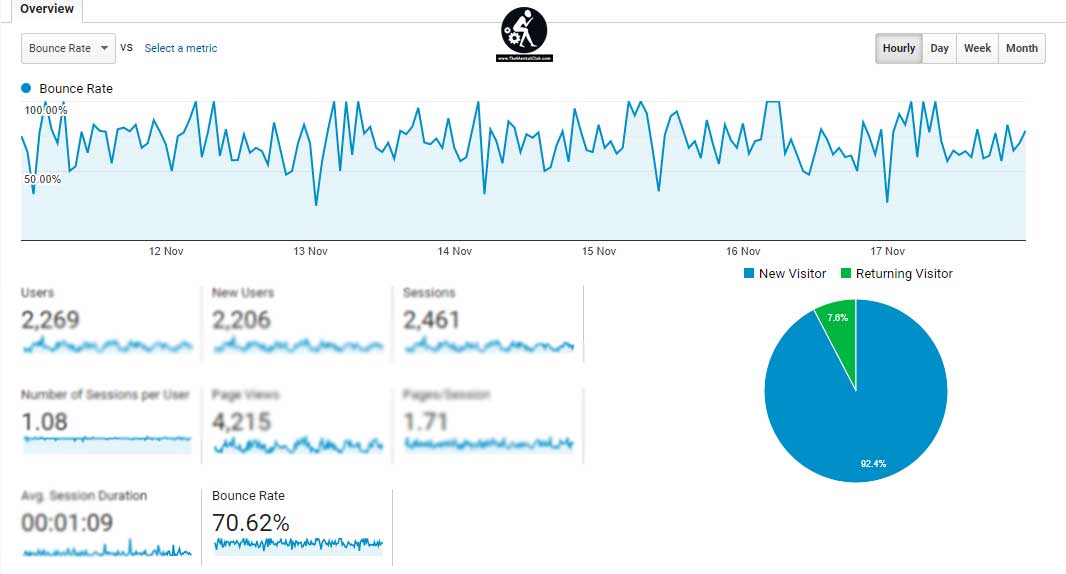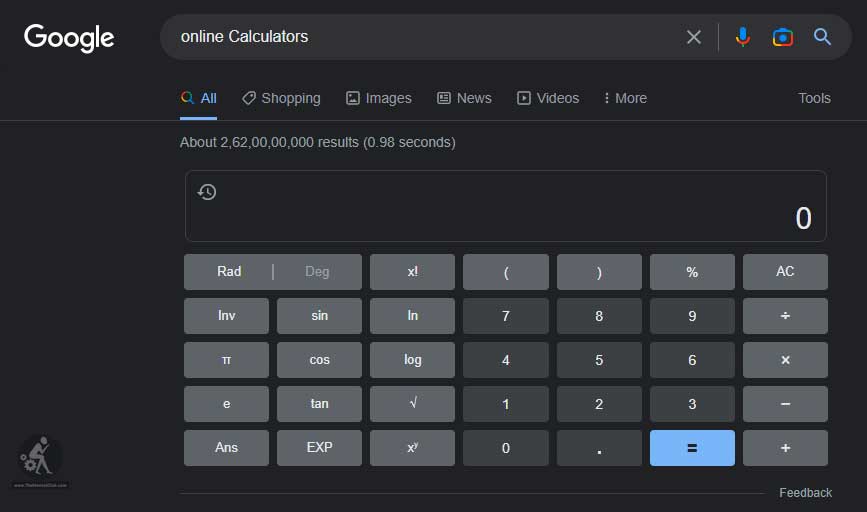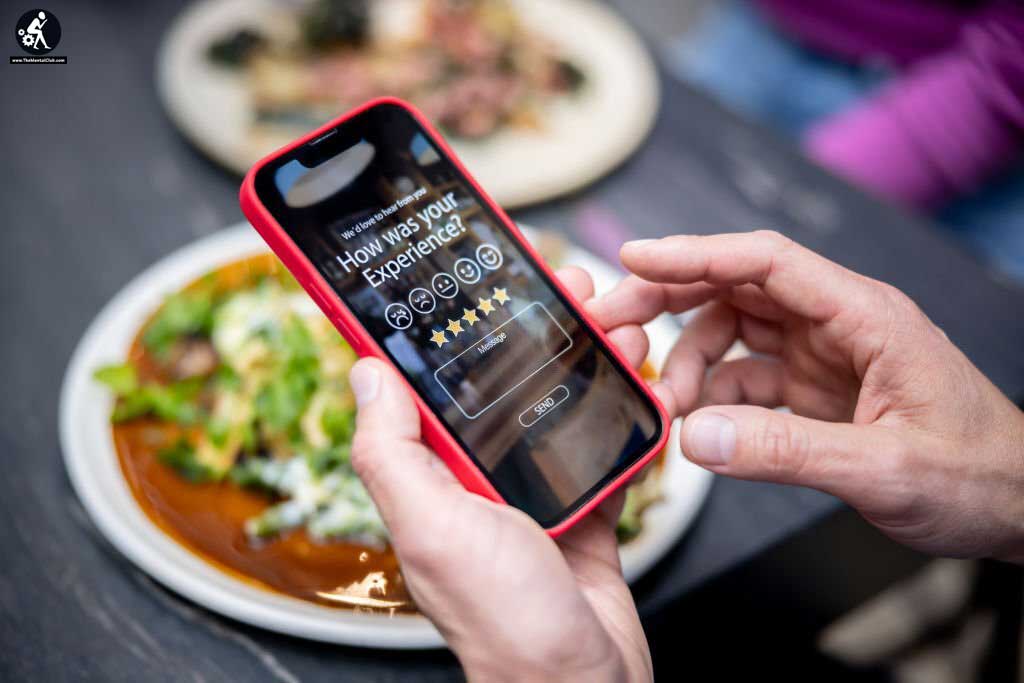With the rise of the internet, particularly with the popularity of blogs and social networks, the power of online media has increased dramatically. And, more importantly, consumer involvement in brand content. However, content marketing primarily relied on brands generating content and waiting for users’ feedback via likes, reactions, comments, shares, or browsing behaviour research on websites and blogs.

But then, over the years, with the internet flooding with all sorts of content, brands felt the need to offer more engaging content that could give them an edge in the marketplace, prompting companies to adopt and implement more and more of interactive content.
Given a large amount of content available on the web, Interactive content gives users a more engaging and enjoyable experience. In order to offer the desired information in a way that is far more appealing than simply providing plain text, this type of content is gaining a foothold in the online world.
What Is Interactive Content?
The content that requires your visitors to engage or interact with the content of your website is “interactive content.” It is two-way communication between you and your website’s visitors and requires active participation from both sides. As a result, the experience of the content shifts from passive consumption to active involvement.

The top ad agencies and major marketers—about 81%—agree that interactive content grips users more effectively in content marketing than static content. In addition, the interactive nature of the content keeps viewers interested for a longer time. Even in real-time, it can be heavily customized. Besides, interactive content’s dynamic nature compels users to engage with it. Further, this raises user interest.
How Can ‘Interactive Content’ Improve Your Website’s Bounce Rate?
Interactive content leads to increased user engagement, higher website rankings, and increased revenue. To this end, the websites have to correctly pinpoint areas that lead to high bounce rates and then improve on them. Bounce rates are often misunderstood, so let’s clarify what they are and examine why they are at times positive but need improvement at other times. But before we move ahead, let’s figure out what is a bounce rate.

What Is A Bounce Rate?
The percentage of website visitors who subsequently leave is known as the ‘bounce rate.’ They don’t make any additional clicks or navigate to another page on the website. But please note that bounce rate and exit rate are two different things. Bounce rates only track “one-and-done” visits or those in which visitors land on your website and immediately exit without visiting any more pages.
What Causes A High Bounce Rate?
A high bounce rate can occasionally signal a bad User Experience (UX). When a website visitor arrives at the page, it either doesn’t have the information they were looking for or something else, such as a non-responsive webpage, leaves them unimpressed.
On the other hand, a great user experience could also result in a high bounce rate. Imagine a user is looking for a list of tasks to complete before applying for a passport. They select one of the search results and are taken to a page where they see the list immediately. Once they have it, they leave the website.
The visitor quickly obtained the information they required and then left. If you have a great UX, you can get the indication that your bounce rate will be high. Ideally, some of those visitors with high bounce rates will bookmark your website for later use, and other visitors may remember the website, and they will be back looking it up on Google one day.
Why Doesn’t Google Rank Websites Based On Bounce Rates?
Once you understand what Google measures, it becomes easy to understand why Google does not view bounce rate as an important quality indicator. To begin with, not all websites use Google Analytics.

Additionally, a visit only needs to result in a bounce if the user leaves your website without browsing more content. Poor page quality is not the only factor, despite the fact that it can be one.
Google is aware that some websites are designed to stand on their own and may be used by users alone. A higher bounce rate is also the norm in several businesses. Nevertheless, it’s not thought that bounce rate is a valid metric of quality.
Top Ways how Interactive Content can Boost your Bounce Rate

The use of interactive assessments, interactive infographics, interactive calculators, interactive films, polls and surveys is one of the ways to encourage readers to interact with and fully engross your content. Your website’s bounce rates will significantly decrease if you segment your content into easily engaging sections.
That subject may seem specialized to you, and you would be correct. Niche topics can draw highly engaged readers and help keep them engaged, depending on the audience and the source.
One of the most important guidelines is one of a few golden principles for content creation. Even the most ardent researcher will run away from a massive wall of text. Let’s look at the popular interactive content that can improve your website’s bounce rate:
Infographics Content
With infographics, complex information can be easily communicated with your users. Infographics will draw the user in and make it easier for them to understand the message shared by merging text and images.

According to several surveys and research, users retain information better when it includes visuals. Polls, quizzes, and guessing games that promote reader interaction can be included in interactive infographics in addition to their appealing visual design.
Infographics outperform all other types of content with regards to social media likes and shares by 3x. Now you know why 65% of brands utilize infographics in their content marketing strategy. The degree of competitiveness now is, of course, obviously clear from that. Therefore, you will need more than a concise, static infographic to help your website gain enough traction.
Calculators
An interactive calculator is a device that processes computations based on input from the user. It may be utilized at any point in the buying process to give customers a tailored experience and move them through the sales funnel.

The user can quickly get relief from their problems thanks to interactive calculators, which are pretty valuable. Additionally, using interactive calculators can help you build your brand as a domain authority and create leads.
For example, a finance and investment-related website might like to include a calculator to discover returns or interest rates based on investment value and years the users want to invest.
Assessments

Presently, providing interactive content is the primary way to encourage engagement in content marketing. There is an equitable, open, and mutually beneficial exchange for those who consume such content. Due to its ability to hold the audience’s attention, the interactive evaluation has established itself as relevant.
The interactive assessment can be included in a content strategy in a variety of ways. It is always feasible to pique consumers’ interest in interaction through questionnaires or tools like calculators, creating the connection needed to gain access to crucial data and produce additional leads.
It also enhances user engagement and lead creation. An excellent way to provide consumers with a personalized experience throughout the entire sales funnel is to use interactive assessments. The same is valid for acquiring a lot of specifics about the audience.
Interactive Video

An interactive video is a kind of video that responds to user input. They function similarly to regular videos while also being able to take user-inputted actions. To put it simply, interactive videos include clickable areas marked for particular actions.
Interactive videos allow you to interact actively and control the content in addition to conventional videos’ play, pause, and rewind functions. You may give your video characteristics like click, drag, scroll, hover, etc., with the use of particular tools.
Polls and Surveys Based Content

One of the most commonly used interactive content tools on social media sites is polls and surveys. Facebook, Instagram, and YouTube already offer this feature. These days, setting them up doesn’t even require a third-party program. All you have to do is choose the choice, edit your questions, and share.
Easy fun surveys, polls, and quizzes can be used to generate leads. These are not the only forms of audience, reader, and customer contact that are very captivating. Without typing a single character of data, these forms can produce sophisticated leads. Each response contains a nugget of user data. Because of this, none of the content marketing formats available today have a greater click-through rate than these three.
Wrapping Up
With these digital marketing strategies, the work to lower the bounce rate is modest, and your business will benefit from the increased engagement. There is a vast untapped market for interactive content, and it is only beginning to grow.
What should you see once you start creating interactive content? You are producing enough interactive assessments, interactive infographics, interactive calculators, interactive videos, polls and surveys-based content.
Now, try the aforementioned advice to see whether it improves the speed of your website.





























